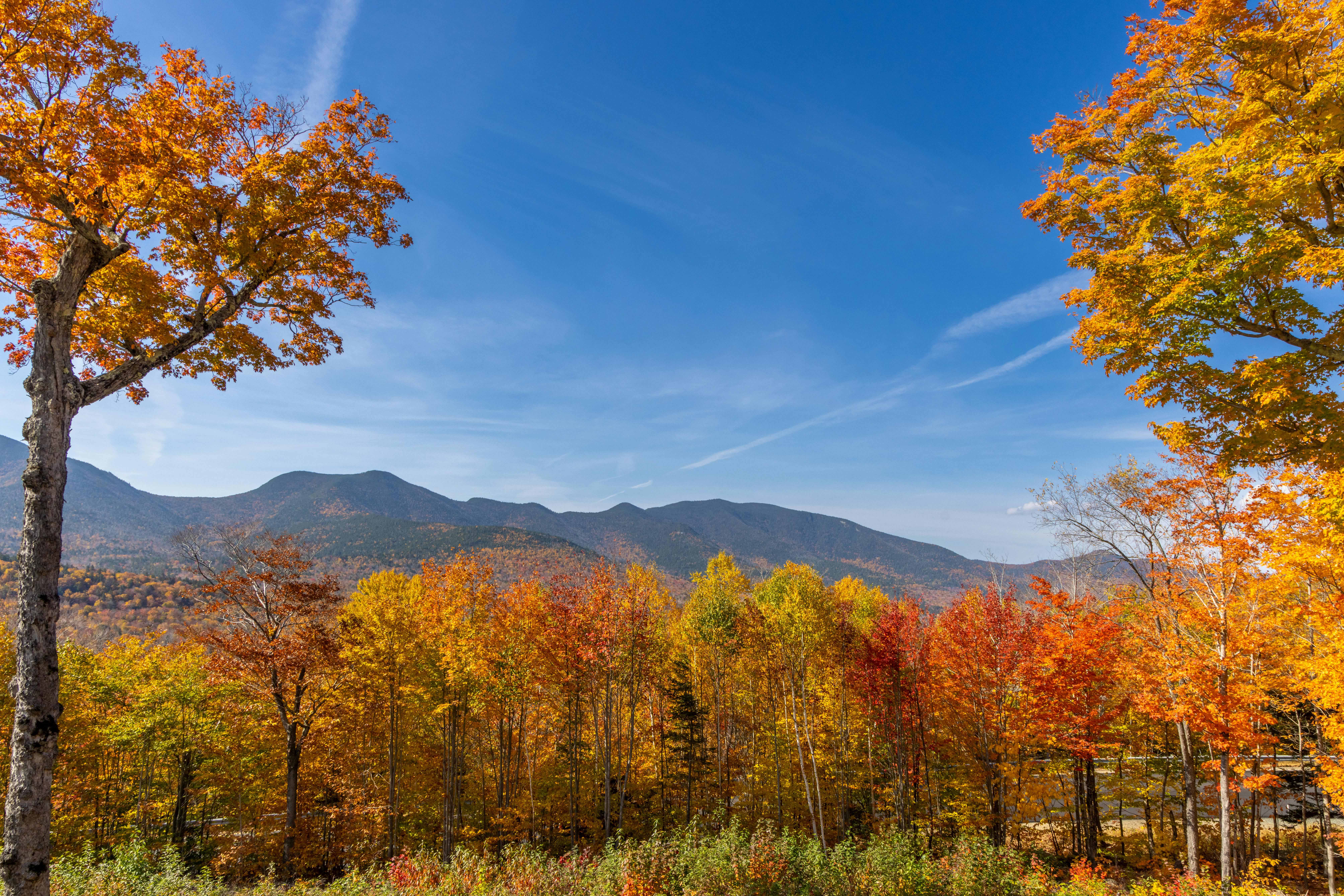A Comprehensive Guide to Mount Monadnock, NH

Mount Monadnock, NH
Introduction to Mount Monadnock
Mount Monadnock stands as a prominent natural landmark in southern New Hampshire, celebrated for both its impressive geographical presence and its cultural legacy. At an elevation of 3,165 feet, it is the highest peak in Cheshire County and one of the most frequently climbed mountains in the world, attracting over 125,000 hikers annually. The mountain's reputation is bolstered by its exposed granite summit, which provides expansive vistas of six New England states.
Geological History and Formation
Mount Monadnock is a classic example of a monadnock – an isolated hill made of more resistant rock that remains after erosion has worn away the surrounding terrain. Its origins trace back approximately 400 million years to the Devonian period. Comprised primarily of schist and quartzite from the Littleton Formation, the mountain was shaped by significant geological forces during the Acadian orogeny, a mountain-building event caused by the collision of ancient tectonic plates.
Subsequent erosional processes over millions of years revealed the mountain's enduring core. During the Pleistocene epoch, widespread glaciation sculpted its current form, smoothing its slopes and leaving behind unique geological features like the Billings Fold, an exemplary recumbent syncline formed by intense compressional forces.
Climate and Weather Patterns
Mount Monadnock experiences a humid continental climate, with subarctic conditions at its summit. The temperature differential between the base and peak can often be stark, with summit temperatures averaging significantly cooler. These conditions create a range of microclimates on its slopes, impacting the diverse ecosystems present.
The lower slopes are dominated by hemlock and beech forests, while the mid and upper slopes support different ecological communities, including spruce-fir forests near the top. Climate change poses a threat to these environments as warmer-adapted species begin to encroach on traditionally cooler zones.
Human History and Cultural Significance
The Monadnock region is rich in human history, deeply rooted in the traditions of the Western Abenaki, who inhabited the area for thousands of years. The mountain played an integral role in the cultural and spiritual practices of these early residents. European settlers arrived in the 18th century, with Captain Samuel Willard being one of the first recorded to climb Monadnock.
The mountain gained further popularity during the 19th century as a symbol prescribed by writers and philosophers in the Transcendentalist movement. Figures like Ralph Waldo Emerson and Henry David Thoreau celebrated Monadnock in their work, attributing metaphysical qualities to its enduring solitude. This literary legacy continues to draw visitors today.
Ecological Importance and Biodiversity
Mount Monadnock supports a wide variety of ecosystems due to its altitudinal diversity and history of fire disturbance, which maintains its open summit. This ecological complexity supports a range of flora and fauna, including endemic and rare species like Bicknell's thrush in the high-elevation spruce-fir habitats.
Natural communities on Monadnock range from hardwood forests at lower elevations to subalpine rocky balds near the summit, which are critical for fire-tolerant plant species and support unique ecological niches. Conservation efforts aim to protect these habitats, ensuring the resilience of this biodiversity hotspot.
Recreational Opportunities and Visitor Management
Monadnock’s trails are renowned for their accessibility and the panoramic views they afford. Key hiking routes like the White Dot and White Cross trails provide direct yet challenging paths to the summit, while others like the Pumpelly Trail traverse varied terrain across the ridge.
As a result of its popularity, Monadnock faces challenges typical of high-traffic natural areas, including erosion and habitat disturbance. Authorities have implemented a reservation system to manage visitor numbers during peak periods, ensuring sustained access while mitigating environmental impact.
Conservation Efforts and Challenges
Conservation efforts around Mount Monadnock have been ongoing for over a century, initially driven by concerns over deforestation. Today, a collaborative management approach integrates protected state park lands with regional conservation initiatives to safeguard its natural resources.
Efforts focus on preserving the mountain’s ecological integrity and mitigating threats from climate change and invasive species. Continued research and adaptive management strategies are crucial to maintain the delicate balance between conservation and public enjoyment.
Conclusion
As both a natural fortress and a symbol of transcendental solitude, Mount Monadnock remains a beacon for hikers, naturalists, and scholars alike. Its unique geological and ecological narrative invites continuous exploration and underscores the importance of conservation in preserving its storied landscapes for future generations. Through careful stewardship, this revered peak can continue to inspire awe and respect for the complexities of nature and humanity's place within it.
Subscribe to our newsletter
Lorem ipsum dolor sit amet, consectetur adipiscing elit. Suspendisse varius enim in eros elementum tristique.
Related posts
Check out our other blog posts!



